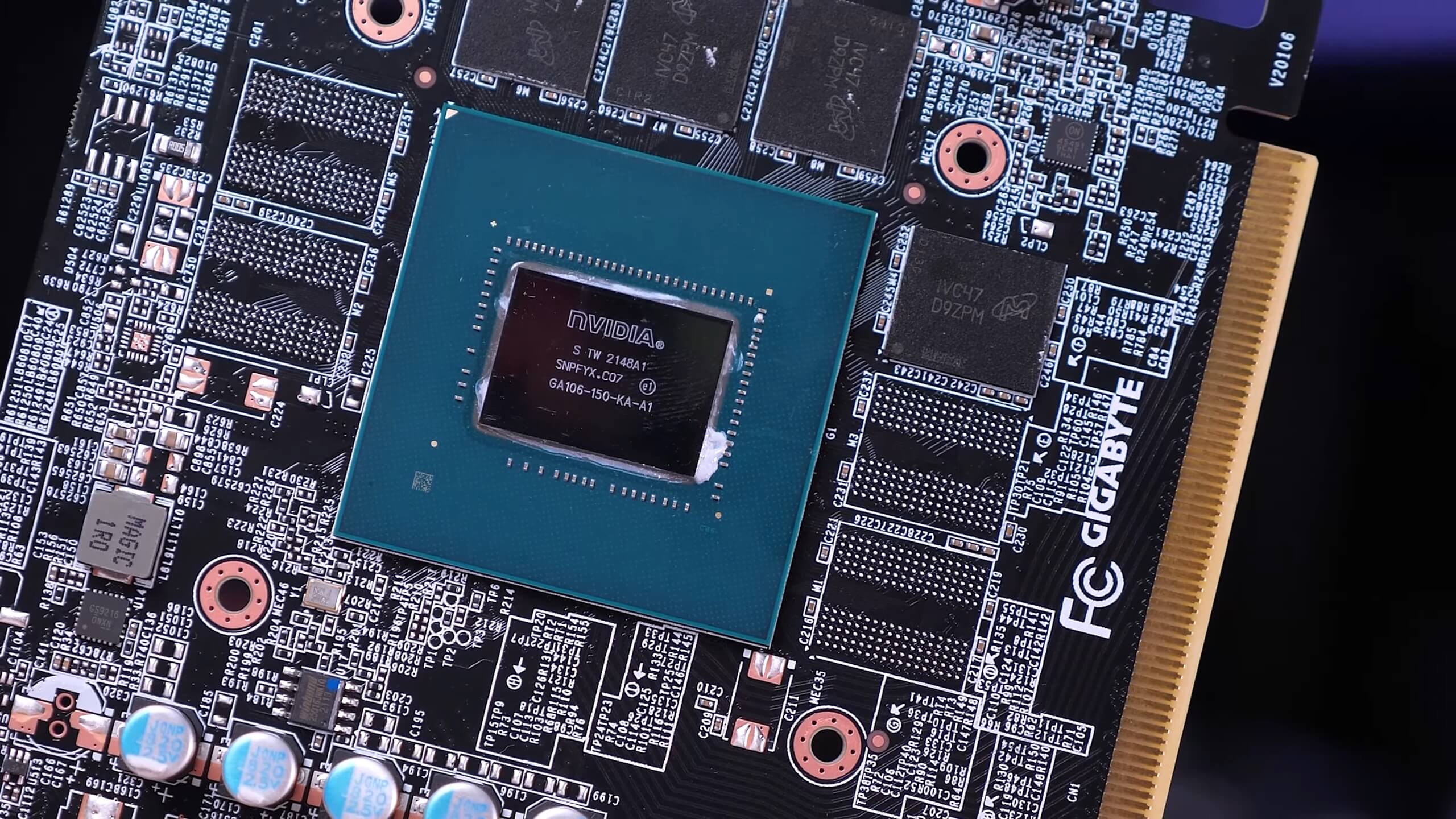WTF?! Now you can bypass your hard drive and store your whole operating system in your VRAM (should you want to). Well-known Windows modder NTDEV has demonstrated how, and it's surprisingly painless.
Step one is to create a RAM drive in your GPU's memory. A VRAM drive, if you will. There's an open-source tool that can do it for you called GpuRamDrive. It only takes a couple clicks but the tool was abandoned before it reached stability, so you might need to try it a few times.
Step two is to use your pick of tools to create a virtual machine. NTDEV used Windows' baked-in Hyper-V manager, which is a simple yet powerful tool for spawning virtual machines available to Windows 10 and 11 Pro, Education, and Enterprise users. You'll need to change just a couple of defaults in Hyper-V, and you can pick those out in NTDEV's video.

If you have an RTX 4090 or RX 7900 XTX or a GPU with more than 20 GB of VRAM then you should be able to squeeze a vanilla Windows 11 installation onto the VRAM drive you created. If you didn't drop a grand on a new GPU this past year, you'll have to use an alternate operating system with less demanding storage requirements. NTDEV uses Tiny11, a stripped-down version of Windows 11 that he created.
We wrote about Tiny11 when it was released in February. Advertised as Windows 11 without the bloat, its main goal is to reduce Windows 11's system requirements without sacrificing too many features. It strikes a good balance and even finds room for staple apps like MS Paint. While it needs about 8 GB of storage to run on bare metal, NTDEV shows that it can run on a 3.5 GB drive when it's used for a virtual machine.
NTDEV demo'd the concept on a laptop equipped with an RTX 3050 with 4 GB of GDDR6. He showed that the virtual machine had no problem creating and saving files to the 600 MB of free space he had. When he ran the CrystalDiskMark benchmark, he reached solid speeds of 2 GB/s reading and 2.5 GB/s writing, on par with PCIe 3.0 NVMe drives.
I can't think of a single reason why anyone would want to run Windows 11 on their VRAM. And yet, it's astonishingly practical: quick to set up and seemingly as fast and stable as a regular virtual machine. Why not, then, I suppose?